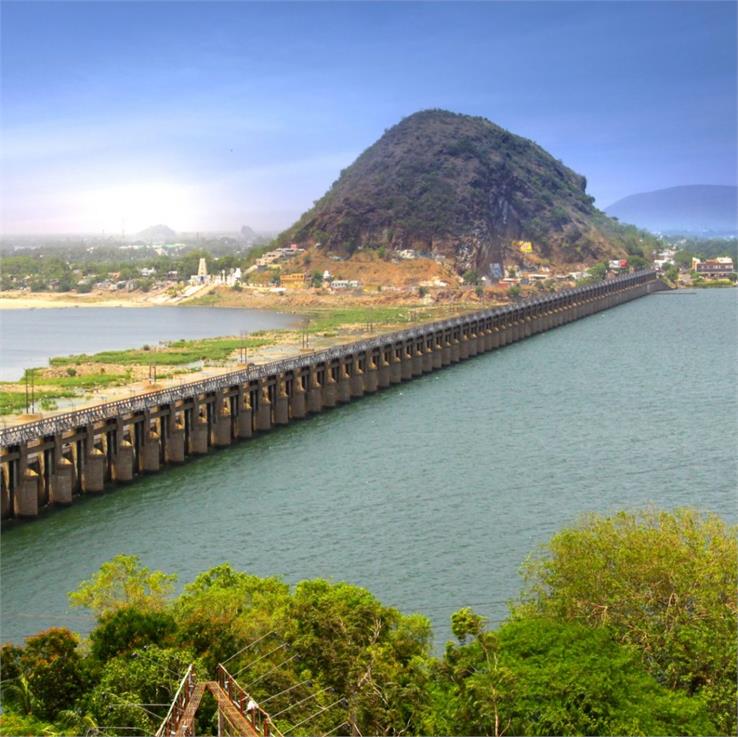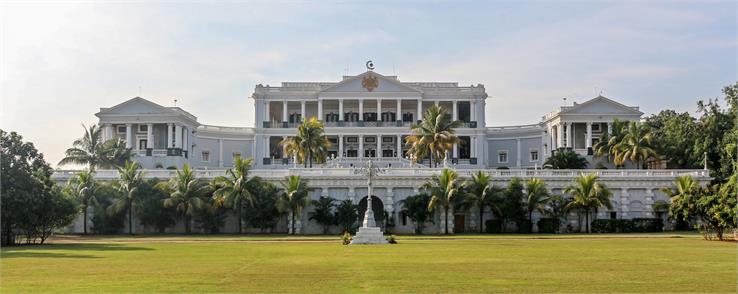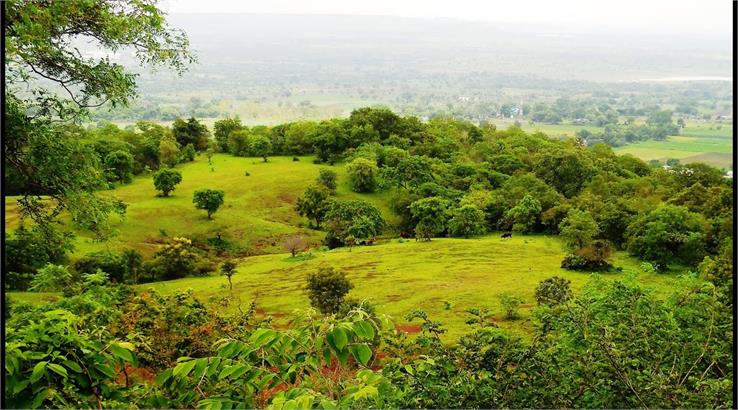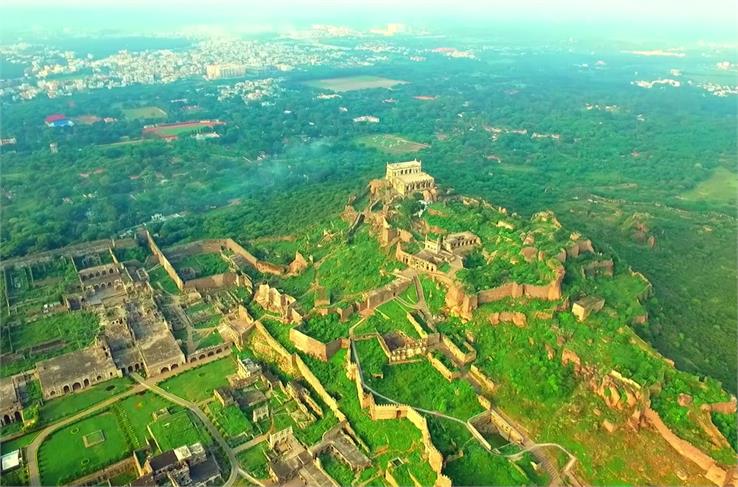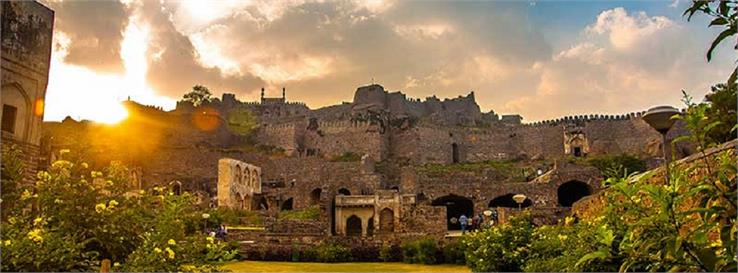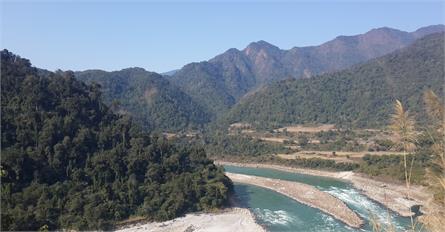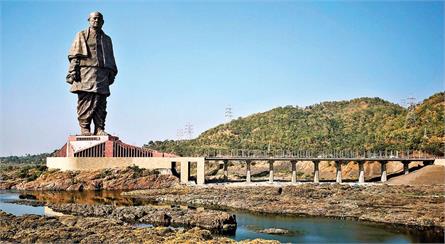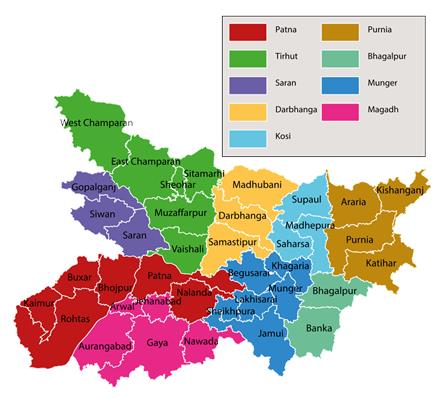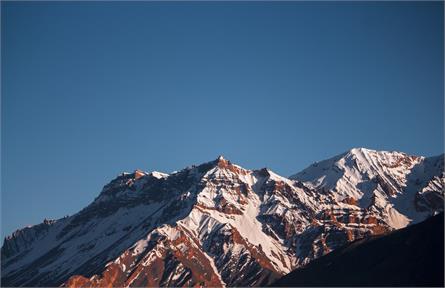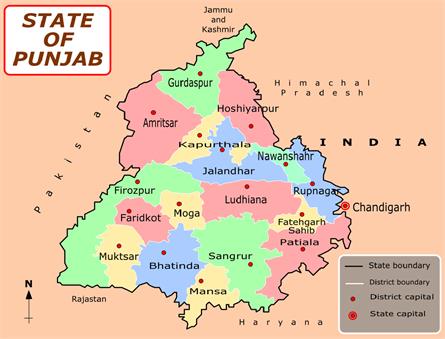Andhra Pradesh - The Rice Bowl of India
Andhra Pradesh is the eighth largest state, situated on the south-eastern coast of India. Being the eighth largest state, it covers a huge area of 1,60,205 km i.e. 61,855 sq mi. 2011 census report tells us that Andhra Pradesh has the tenth largest population with 49,386,799 inhabitants. On the 2nd of June 2014, the state got split into two parts. The north-western part of Andhra Pradesh was bifurcated and a new state was formed - Telangana. Both Andhra Pradesh and Telangana share the same capital, Hyderabad for a period of time not to be exceeded for more than 10 years according to the Andhra Pradesh Reorganisation Act, 2014. Whereas, Amravati in Guntur district is said to be it's proposed capital. Amravati is under the jurisdiction of the Andhra Pradesh Capital Region Development Authority.
History
The Andhras have an interesting ancient history; they exist from the Vedic age. The name of Andhra has also been mentioned in the Sanskrit epics like Aitareya Brahmana 800 BCE. After leaving north India, Andhras got settled in south India, in accordance to Rig Veda. The inscriptions found near the Guntur district show the roots of the Telugu language.
Geography
Andhra has varied surface features like hills of Eastern Ghats, hills of Nallamala and the beautiful shores of the Bay of Bengal. These places are full of a noticeable variety of beautiful flora and fauna. The two main rivers flow through the state; Krishna and Godavari.
Natural Vegetation and Wildlife
The forests of Andhra Pradesh are protected, conserved and managed by the Andhra Pradesh Forest Department. After the bifurcation, the state is left with an area of 22,862 sq. km in the name of the forest area.
Dense tropical forests are found in the Eastern Ghats whereas shrub vegetation is common in the Deccan Plateau region. However, the vegetation found in the state is largely of dry deciduous trees such as Teak, Dalbergia, Terminalia, etc.
There is a huge variety of animals found in the forests of the state including tigers, panthers, sambars, black bucks, hyenas, cheetals, etc. Rare birds and reptiles including sea turtles are also found here. The mangrove forests found at banks of the rivers Krishna and Godavari have otters and fishing cats too. These are the keystone species of these regions.
Climate
The climate of Andhra Pradesh is different in distinct regions. The climatic conditions are also determined by the monsoons of the regions. From March to June, state experiences summers. The temperature in summers in the Coastal Plains of the state is mostly higher than the other regions. In summers, the temperature ranges between 20ºC to 41ºC. Monsoons take place from July to September whereas October and November have to suffer from cyclones from the Bay of Bengal due to low-pressure systems which sometimes bring rains too. From November to February, the state experiences winters. The winters are not very cold and the temperature fluctuates between 12ºC to 30ºC only.
Lambasingi which is also called Lammasigni, village of Visakhapatnam district, is the one and only place in south India to experience snowfall. Thus, it has also been nicknamed as the "Kashmir of Andhra Pradesh". The temperature reaches from 0ºC to 10ºC throughout the year.
Attractive Sights
Andhra Pradesh is also called “the Rice Bowl" of India. It is like a platter full of different cultures and traditions. Many different dynasties and empires, that once ruled Andhra Pradesh have left a lot of impact on the traditions and culture which are followed by the people of Andhra Pradesh in present times. There is a wide range of monuments, museums, caves, beaches, to visit and to get yourselves drowned in the beauty of Andhra Pradesh.
Some famous centers of attraction are:
Monuments
- Purani Haveli
- Bhongir Fort
- Chaarminar
- Amravati Stupa
- Golconda Fort
- Warangal Fort
- Asman Garh Palace
- Paigah Tombs
Temples
- Vinayaka Temple
- Gollalamamidada Rama Temple
- Bhadrachalam Temple
- Tirumala Temple
- Mhanadi Temple
- Venkateswara Temple
- Ramappa Temple
Caves and Beaches
- Anantgiri Hills
- Rishikonda Beach
- Ramkrishnan Beach
- Yaganti Caves
- Belum Caves
- Bheemunipatnam Beach
- Manginapudi Beach
- Mypad Beach
- Araku Valley
How to Reach
Andhra Pradesh has a very large transportation network. Whether it is air, road or rail, the state is very well connected with the other parts of the world and the country itself which makes reaching here much easier.
Air Transport
Hyderabad, the initial capital of Andhra Pradesh has an international airport that is very well connected to the other parts of the world. Other than this, the state has airports in Vijaywada, Tirupati, Visakhapatnam, and Rajahmundry to get connected with the other parts of the country.
Rail Transport
It is very feasible to reach Andhra Pradesh when there is a large railway route of about 5,085 km to get the state connected with other states of the country. The rail network of the state has all three broad, meter and narrow gauge out of which broad gauge is of 4,362 km.
Road Transport
The road network of the state also helps it to get connected with other parts of the nation and the state itself. Many National Highways pass through Andhra Pradesh of about 4,104 km making it easier to reach there.
Best time to Visit
The best time to visit Andhra Pradesh state is considered to be between October to March. During this season, tourists can visit the major tourist destinations of the state of Andhra Pradesh without any hassle.
Economy, Finance, and Business
Andhra Pradesh was dependent mainly on its agriculture, industry and the service sectors for its growth and development. The state’s economy depends upon some major areas as of Software Export, Food Processing Electronics, Power, Textiles and Tourism, and Financial Services as well.
Irrigation is provided by the two main rivers that flow through the state: Krishna and Godavari.
Andhra Pradesh has also started focusing on the fields of IT (Information Technology) and Bio-Technology. The state is also rich in its mineral resources. It also has gas reserves of 60 trillion cubic ft. at the basin of the rivers Krishna and Godavari.
Andhra Pradesh has shown tremendous improvement in GSDP (Gross State Domestic Product) and occupied sixth place in the country in the year 2014-2015. It was in the eighth position in the year 2013-2014.
Andhra Pradesh has large deposits of mineral resources like Mica Asbestos, limestone, chrysotile, and barytes in its storehouses. About 93% of barytes in India is produced in Andhra Pradesh.
Different geological formations in Andhra Pradesh are rich in mineral resources and have a variety of minerals like building stones and those used for industrial purposes. Many useful minerals like limestone, coal, mica, manganese, and copper ore are also found in the state.
There is also a variety of unused or less used minerals like dolomite, dimensional stones, Natural gas, gold beach sand bauxite, oil, etc. The state provides a large range of minerals which are traded in power, refactory, refinery, cosmetic, glass, metals and alloys chemicals, and paint ceramics and manufacturing of different industries which are far away from the sources.
Mining
In Andhra Pradesh, mining is said to be one of the most major sources of trade and the rising economy as it affects the overall development of the state. A confirmation from the Tummalapalle Uranium Mine in the state shows the production of 49,000 tonnes of ore and some shreds of evidence give brief symptoms of the mine holding reserves which could be three times more than the current amount. The region near the Visakhapatnam Port has deposits of 700 million tonnes of metal grade bauxite.
The Andhra Pradesh government is looking forward to overcoming the problem of lack of energy, to provide employment and create opportunities to give a vast growth to the economy of the state by utilizing the huge amount of deposits of gas in the Krishna Godavari Basin.
Power
Andhra Pradesh takes a lead nationwide in generating hydroelectricity whereas natural gas, a very cheap source in generating power is found in abundance in the state.
The state is blessed with all types of power plants, i.e. thermal, hydel, wind, and coal-based power plant.
Thermal plants that are situated in the state are with a total capacity of 5610 megawatts. The power generating plants are:
- Other Hydel Power Plants-3693.20 megawatt
- Sri Damodaram Sanjeevaiah Thermal Power Station-800 megawatt
- Simhadri Super Thermal Power Plant-2000 megawatt of NTPC (National Thermal Power Corporation)
- Rayalaseema Thermal Power Station-1050 megawatt
- Vijayawada Thermal Power Plant -1760 megawatt
- Ramagiri Wind Mills-2 megawatt


